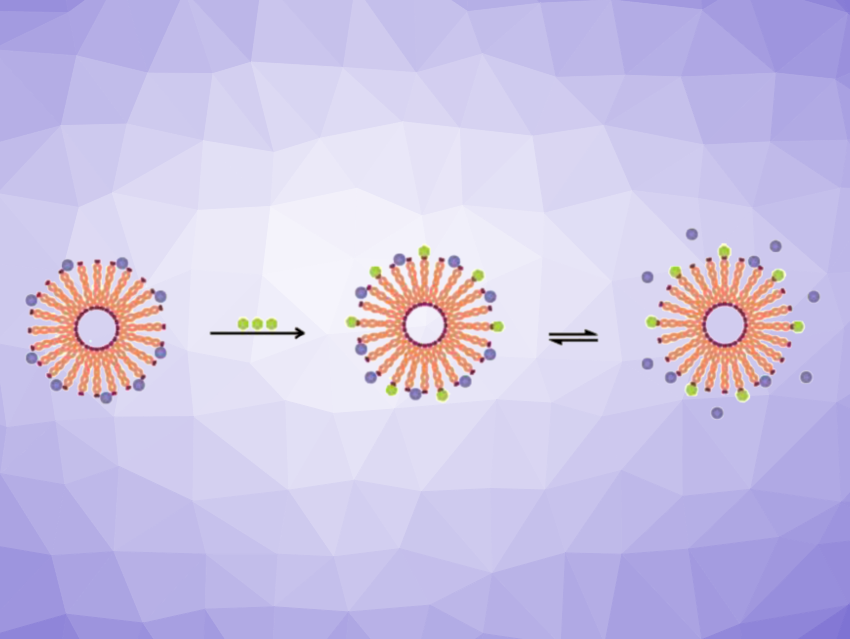Daily insulin injections or insulin pumps are used to maintain normal blood glucose levels in patients with type 1 diabetes. However, controlling these levels can be tricky because the insulin does not respond to unexpected blood sugar fluctuations. This can lead, e.g., to periods of dangerously low blood sugar. Insulin formulations that are responsive to glucose and release insulin when blood sugar is high could help to solve this problem. Lipid-nanoparticle-based drug delivery systems could be useful for this. Negatively charged insulin could be delivered by rationally designed, positively charged lipid nanoparticles with glucose-sensing elements and released in a responsive manner.
Jinqiang Wang, Zhen Gu, Zhejiang University, Hangzhou, China, and colleagues have designed phenylboronic acid-based quaternary amine-type cationic lipids that can self-assemble into spherical lipid nanoparticles in an aqueous solution. The team used the lipids 1,2-dioleyloxy-3-(dimethylamino) propane (DODMA) or 1,2-dioleoyl-3-(dimethylammonium) propane (DODAP), modified with 4-(bromomethyl) phenylboronic acid (PBA). When insulin is mixed with these lipid nanoparticles, an insulin-containing complex is formed due to electrostatic attraction of negatively charged insulin with the highly positively charged surface of the particles (schematically pictured above on the left, insulin in blue).
In a glucose solution that simulates hyperglycemia, i.e., high blood sugar, the lipid nanoparticles bind glucose (pictured above in green), forming an ester. This leads to reduced attraction and insulin release (pictured above on the right). Compared with native insulin, the lipid-nanoparticle-based, glucose-responsive insulin formulation can regulate blood glucose levels for a longer time in a type 1 diabetic mouse model.
- Glucose‐Responsive Charge‐Switchable Lipid Nanoparticles for Insulin Delivery,
Yun Liu, Yanfang Wang, Yuejun Yao, Juan Zhang, Wei Liu, Kangfan Ji, Xinwei Wei, Yuanwu Wang, Xiangsheng Liu, Shiming Zhang, Jinqiang Wang, Zhen Gu,
Angew. Chem. Int. Ed. 2023.
https://doi.org/10.1002/anie.202303097




